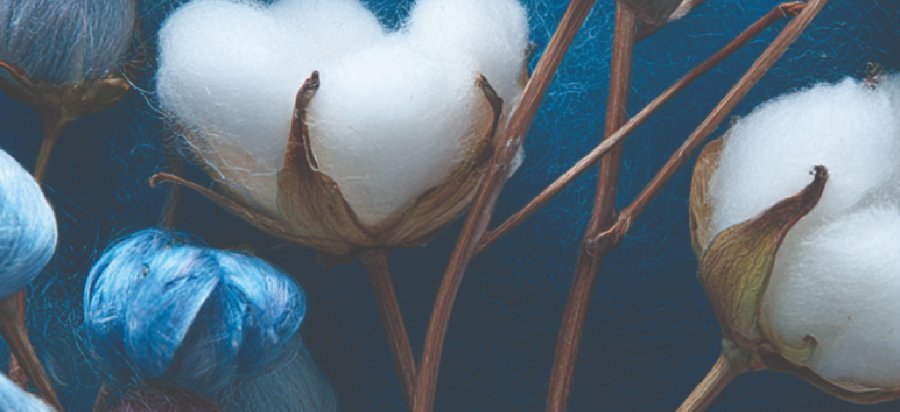
Cotton, as a natural raw material that forms one of the cornerstones of the textile industry, is under increasing scrutiny due to environmental concerns such as excessive water use. On the other hand, polyester—synthetic and petroleum-based—brings its own sustainability challenges.
Cotton: From Tradition to the Future
Cotton is a natural fiber that has been used in many cultures for thousands of years. With its breathability, softness, and skin-friendly texture, it remains indispensable in both everyday clothing and home textiles. In terms of its relationship with human health and natural resources, cotton is also one of the most sustainable natural fibers.
For Türkiye, cotton is more than just a production input—it is a strategic asset. Anatolia’s ancient cotton-growing regions have long supported the country’s textile strength. Türkiye’s integrated production infrastructure—from field to yarn, fabric to finished product—offers a major competitive advantage in global markets. However, rising water needs, pesticide use, and sensitivity to the climate crisis are making it necessary for the industry to redefine its relationship with cotton.
Polyester: Between Practicality and Debate
Polyester is one of the textile industry’s most indispensable materials thanks to its low cost, high durability, and ease of processing. Its compatibility with fast production cycles, color retention, and wrinkle resistance make it widely preferred—especially in fast fashion. Yet as a petroleum-based product, polyester is increasingly criticized for its environmental impact: from microplastic release to non-biodegradability. Although the use of recycled polyester has increased in recent years, this transition is still limited in scale and poses a high energy cost. Therefore, even though polyester may appear advantageous in terms of sustainability, its long-term effects remain an unresolved issue.
A New Material Language: From Opposition to Balance
Today’s textile world no longer sees cotton and polyester as competitors, but rather as materials with distinct roles and functions. The sustainability vision is no longer about choosing one over the other, but about building a balance based on smart use, resource management, and recycling capacity. The industry is now advancing with new material strategies on the horizon: supporting natural fibers with technology, reframing synthetics through recycling, and ensuring transparency across all stages. These are no longer preferences—but necessities.






